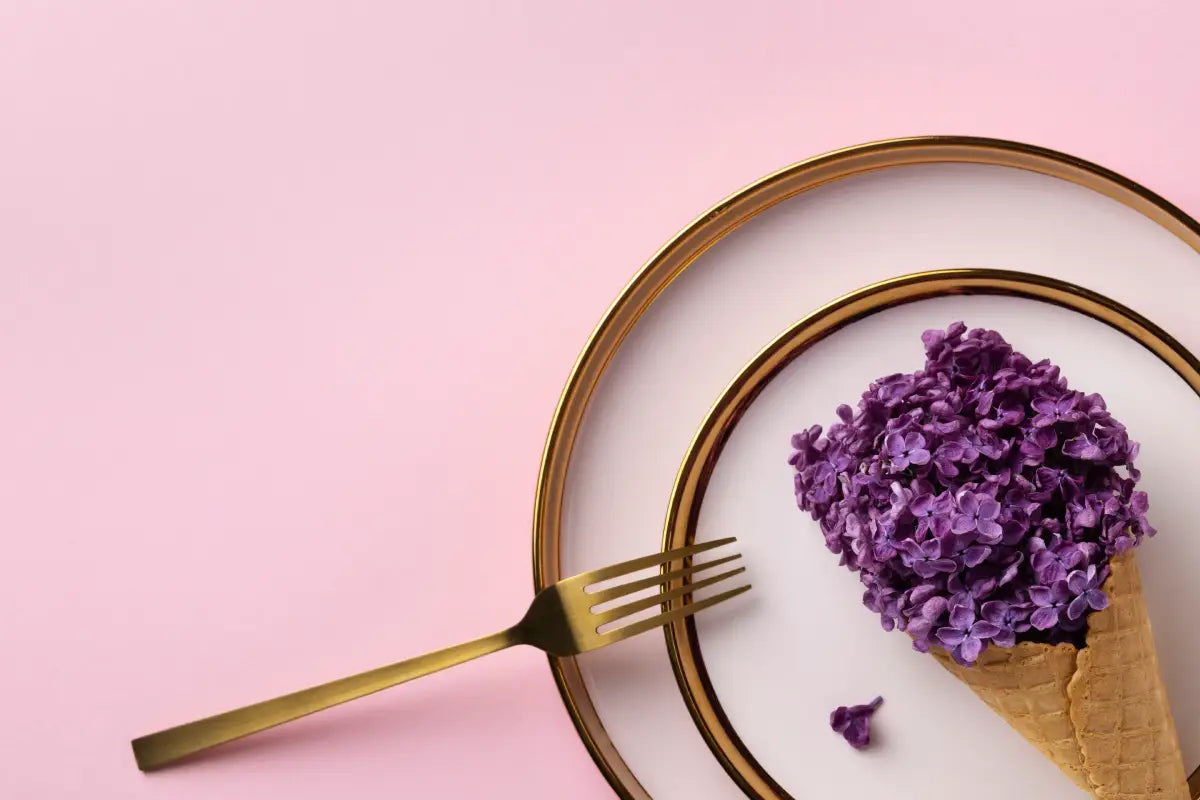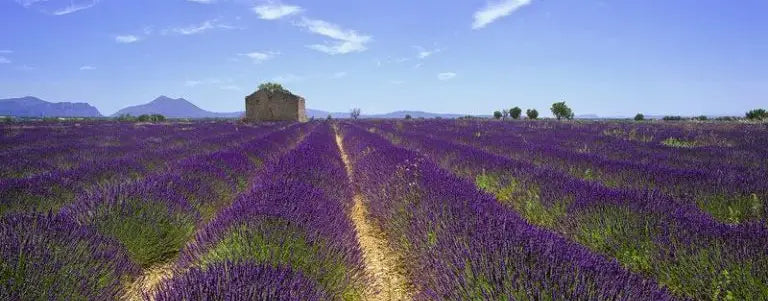
About lavender
The history of lavender and the wealth of species
Lavender has been decorating many gardens around the world for more than 2,000,000 years. From Roman times to the present, lavender has brought various riches; from flowers and perfumes to well-known healing properties and aromatherapy. It is assumed that the word lavender is derived from the Latin word lavare which means: to wash, since the Romans had the habit of enriching their baths with lavender. They spent a lot of money on lavender rituals and lavender lotions in public baths. They also used dried lavender in religious ceremonies and childbirth.
The ancient Greeks also respected lavender a lot, but they used it more for medicinal purposes. The Greek doctor and botanist Dioscorides also saw its advantages as a laxative and stimulant for breathing problems. In the Middle Ages, monks were the ones who had and kept knowledge of herbal medicine. Many monasteries of that era cultivated various medicinal plants, including lavender. Lavender has thus always been important for herbal medicine. It served to alleviate many diseases, so that many of its benefits have been proven in modern scientific testing.
During the plague of London in the 18th century, lavender was used as a protection against infection by putting it on the nose and breathing in it. Lavender oil was widely used during both world wars in the 20th century. In the absence of other medicines and equipment, it was used in wound dressings to prevent infection, and to relieve pain.

Diversity of species
With such a wide range of uses, it's no wonder that lavender has always been considered an important plant in the garden. In addition to medicinal and protective uses, it is also planted as an ornament. For example, it is the first plant that immigrants brought to Australia and New Zealand in the 19th century.
Today, there are more than 30 subspecies and hybrids of this noble plant with various colors of flowers, and people are once again realizing its meaning, and due to the trends of healthy living and returning to nature, it is increasingly being used commercially in Western countries.
Lavender (Lavandula angustifolia) is an original plant from which people have created various hybrids and subspecies for centuries. It is purple in color and has a very recognizable and intense smell, it is most often seen in the Mediterranean growing in its natural habitat, but it is also widespread in the interior of France and England. Variations in scent, color, size, textures of subspecies of lavender make this plant very interesting and versatile.
Spanish lavender has deep purple pineapple-shaped flowers and dark green leaves. It grows low and wide and spreads quickly. It is often mistakenly called French lavender, since it also grows in France.
French lavender has grayish leaves with sharp ribs. Its flowers are large and rough in shape.
Yellow lavender has very yellow flower tips. Its leaves are also yellowish-green, and it grows taller.
Sweet lavender is specific. It has the greenest leaves, it is the largest, it grows the fastest, and it has long flowers. It is most often used to decorate gardens.
"Wooly" lavender accepts dry soil best, and its dark purple flowers grow in late summer when other lavenders are already wilting.
Allardi Lavender is a form of French lavender believed to have been crossed with Lavandula latifolia, Spike lavender.
Goodwin Creek Gray Lavender is a French lavender hybrid with a shorter stature and a darker purple flower on a longer stem. It is good in the garden for border or edge rows.
English lavender
English lavenders (Lavandula angustifolias) include England , Munstead , Hidcote , Hidcote Pink , Jean Davis , Sarah and Vera and bloom in mid to late spring. They stop blooming at the beginning of summer and look great in bloom. After clipping, they remain as a compact ball or hedge with exotically scented leaves for the rest of the year. Like all other Lavenders, it does not tolerate poor water drainage or high humidity.
English lavender has large leaves and is tall. It grows robustly and has a great color and fragrance. This plant has pollen and flowers at the same time as Lavandula angustifolia .
Munstead lavender is named after the home of famous garden designer Gertrude Jekyll. It tolerates the heat best of all the English lavenders.
Hidcote lavender is known for its deep purple color. It is smaller than the Munsted variety and likes a cooler climate and can die easily during the hot summer months. Like most English lavenders, it is not as drought or heat tolerant as lavenders.
Hidcote Pink Lavender has a pastel pink flower that looks best when planted in a larger group and viewed from a distance rather than up close.
Jean Davis lavender also has a pastel pink flower. It's hard to tell Hidcote pink and Jean Davis apart. However, the difference is in the taste. A flower with a fruity aroma distinguishes Jean Davis from other lavenders. Unfortunately, Jean Davis is more difficult to grow than Munstead.
Sarah lavender is one of the many lesser known Lavandula angustifolia. A very small plant with short flower spikes and small but noticeable dark blue purple flowers. It is very suitable for window planters and growing in containers.
Vera lavender is what is believed to be true English lavender. It is also called Real lavender or Fine lavender. The best quality oil comes from plants grown at altitudes between 800 and 1500 meters on the slopes of mountains in Central Europe. It is claimed to be the best lavender for medicinal and aromatherapy purposes.
Lavender
Grosso lavandin is grown to obtain oil, which is used mostly in the cosmetic industry. Its leaves are slightly purple in color, which makes it suitable for decoration.
Abriali lavandin is the oldest hybrid, smaller than grasso, and I use it before it.
Dutch lavandin has grapefruit-colored flowers, which benefit from more sun.
Fred Boutin's lavandin , with a distinct fragrance, silvery leaves and purple flowers, grows and blooms for a long time, and is also more often used to decorate gardens.
Grappenhall lavandin is tall and fast growing, and it spreads just as fast.
Large Hidecote lavandin has dark purple clusters of flowers, looks impressive in the landscape.
Budrovka lavender (Lavandula hybrida) is the most famous hybrid, the so-called lavandini, which can grow very well in continental parts. Obtained by crossing lavender, with an intense smell, with more flowers, they grow faster and bigger, and as such lavenders are used more and more.
Provence lavandin with its long and soft flowers, which are easily torn from the stem and mostly used dried, is very common in commercial production.